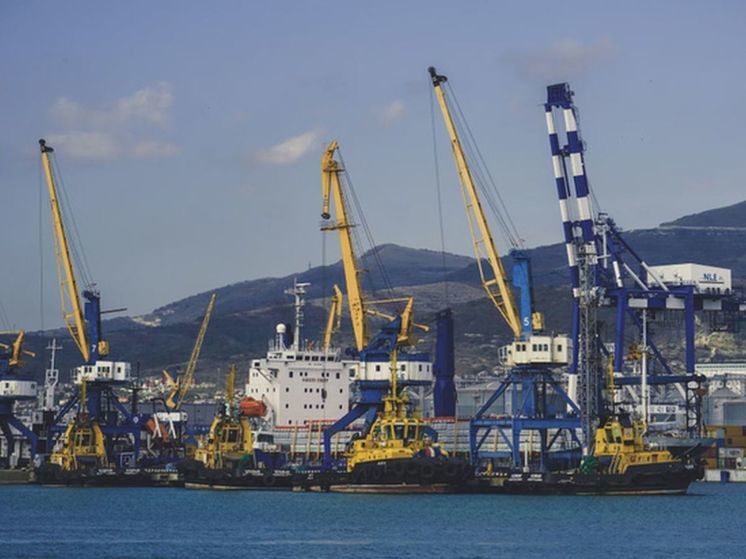Experts from the Presidential Academy analyzed the consequences of the severance of external ties and the departure of a number of foreign companies from the country for the regions
Recent years have become critically important for Russia's economic development. Our country has adapted to the consequences of unprecedented sanctions pressure. The severance of habitual ties to a certain extent stimulated Russian entrepreneurs to increase efficiency, create alternative supply chains and contributed to the creation of new enterprises.
 PHOTO: UNSPLASH.COM
PHOTO: UNSPLASH.COM
These processes were analyzed in more detail by experts from the Presidential Academy — Director of the Center for Economic Geography and Regional Studies Stepan Zemtsov and Head of the Laboratory for Research on Problems of Sustainable Development Vera Barinova.
In February 2022, Russian business faced a new wave of sanctions pressure: restrictions on foreign economic relations, export and import of goods and cargo insurance… Despite the closure of foreign markets and the disruption of logistics supplies, the growth rates of the number of new businesses in most regions of Russia in 2022 are not decreased.
According to econometric calculations, the largest number of new enterprises was recorded where economic ties with the countries imposing sanctions were less active, as well as in regions with large cities with a high share of exiting companies. These are Moscow and the Moscow region, Tatarstan, Perm region, Leningrad region.
In addition, the rate turned out to be higher in regions bordering friendly countries, for example, in North Ossetia, Trans-Baikal Territory, Kurgan and Orenburg regions. The proximity to Georgia and Azerbaijan contributed to attracting trade flows through parallel imports. Many regions of the south have attracted growing flows of domestic tourists.  PHOTO: PIXABAY.COM
PHOTO: PIXABAY.COM
Regions near unfriendly countries showed low growth dynamics of small and medium-sized businesses — in the Bryansk, Kursk, Voronezh, Kaliningrad regions, and Crimea. Business activity decreased in areas where there had previously been active trade with unfriendly countries and where significant foreign enterprises operated. For example, these are the Kursk, Kaluga, Lipetsk, Arkhangelsk regions, as well as St. Petersburg. The metallurgical industry suffered the most in the Vologda and Lipetsk regions, but quickly recovered; Arkhangelsk and Vologda regions “sank” due to restrictions on timber exports to Europe.
The authors of the study concluded that regional businesses managed to effectively survive difficult times thanks to digitalization. Scientists are convinced that these processes must be continued to be supported.

In regions with a more developed online trading sector, the dynamics of new business creation was also higher. The online sector has become a new driver of economic growth thanks to the spread of online trading platforms and the permission of parallel imports. High prices for export goods and support measures from the authorities helped to minimize the consequences of sanctions and the departure of foreign companies. These are parallel imports, employment support at enterprises, preferential lending.
The authors of the study see the role of small and medium-sized businesses in reducing the consequences of sanctions pressure through parallel imports and import substitution. Entrepreneurs are exploring new directions in niches vacated by the departure of Western companies. Despite the difficult situation, the country maintains a large consumer market.


